A Sustainable Spin on VIMS Marine Science Day
By Anna Mehlhorn ’22
When I was a preschooler, I remember getting a fresh box of crayons and deciding to design my own set of Finding Nemo. This wasn’t just any set design, however. This was a design that would leave permanent marks across the entire wall of my family room. While I thought I had found an ingenious substitute for a boring sheet of paper, my parents did not feel the same way.
18 years later, I am still using art to tell marine science-related stories. As a biology major who has always been drawn to creative projects, you can imagine my excitement when I was tasked with designing sustainability-oriented stations for Marine Science Day at the Virginia Institute of Marine Science (VIMS).
Marine Science Day is an annual event at VIMS that draws thousands of participants each year. Many of these groups are families, who became my target audience as I brainstormed crafts and other activities alongside VIMS Marine Education Specialist Bethany Smith. Over the course of the semester, Bethany and I met weekly to develop four stations that each tell a unique story related to marine science and sustainability.
In this post, I will detail each of the stations Bethany and I designed and how they incorporate sustainability. I created a poster for each station to make the connection to sustainability clear for all audience members and volunteers. The station topics are marsh resources, sustainable fisheries, plastics, and marsh sediment. Whenever possible, we related the station to this year’s Marine Science Day theme: marshes.
Marsh Resources
This station ended up going through many iterations, which, I’ve learned, is to be expected when you are refining an activity that is entertaining, informative, and scalable. The final plan is a collaborative “marsh grass weaving” station using recycled t-shirt strips to represent marsh grasses. Using hand-made wooden looms, the end result is a collection of woven fabric pieces that can be used individually or combined to make a quilt.
On the leftmost panel of the poster, I highlighted the use of marsh-sourced materials in indigenous basket weaving. Many of these baskets were used for catching fish, which is far more sustainable than the plastic nets that are so commonly used today. They were then decorated with fish and bird images, perhaps using naturally-sourced dyes. On the rightmost panel, I detail the benefits of using natural dyes as a sustainable alternative to artificial dyes. Artificial dyes are a threat to marshland because of their toxic chemical compositions.
Sustainable Fisheries
The fisheries station activity has been a huge success in past years. The station consists of a “fish printing” craft, where rubber Gyotaku fish models are coated with paint and used as stamps. The models look true-to-life and give participants an accurate representation of each fish species.
For this year’s event, my take on Gyotaku printing is to match the fish being printed to their category on the Monterey Bay Aquarium Seafood Watch list. This list separates fish species based on how well the fishery is managed. In other words, how sustainable is the way we are harvesting a given species? Fish models will be printed in green, yellow, and red paint for “best seafood choices,” “good seafood choices,” and “unsustainable seafood choices,” respectively. After visiting this station, families will have a better understanding of how to make sustainable choices when fishing or purchasing seafood.
Plastics
Inspired by the microplastics research I helped conduct at VIMS last summer, I decided to create a station focused on single-use plastics and their alternatives. The first draft of the plastics station poster is unrecognizable compared to the final copy below; it consists of mostly bulleted lists. That draft served as an important reminder to choose images over words whenever possible. The final result is a poster that is chock-full of graphics and much more likely to inspire visitors to take action against single-use plastics.
The activity associated with the plastics station is a fun “sustainable sort” game, where kids and their families will race to sort a box of items into single-use plastics and their more sustainable replacements. For example, you might drop the plastic grocery bag and plastic water bottle in the “unsustainable box” and the canvas grocery bag and reusable water bottle in the “sustainable box.”
Marsh Sediment
The marsh sediment station will teach children and their families about the permeability of marshland compared to man-made surfaces, like pavement. Marshes are unique in the way they buffer floodwater, which is why their preservation is imperative, especially with rising sea levels.
“Marsh in a jar” will serve as the activity for this station. Common materials such as sponge, sand, pebbles, and tin foil will represent marsh, beach, pebble shores, and pavement. Participants will fill separate Mason jars with each material and a set volume of water. Once the water has had time to soak into the materials, the jars will be covered in cheesecloth and flipped. We will measure the volume of water that drains from the materials. The greater the volume of water, the less permeable the “surface”!
My experience as a Sustainability Ambassador opened my eyes to lifestyle modifications I can make to leave a smaller environmental footprint. In addition to my takeaways from course meetings, I have learned how to structure educational resources and activities to suit a younger audience.
Building off of my work this semester, I will be moving to Connecticut this summer to work at the beautiful Bruce Museum Seaside Center as a naturalist. There, I will be teaching the public about Long Island Sound ecology through marine science-themed activities and tours of the coastal habitats.

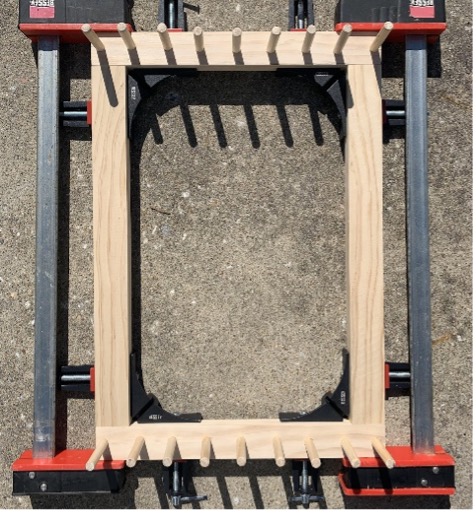
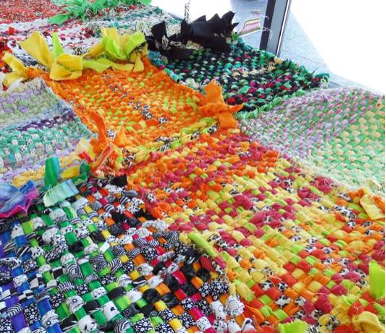
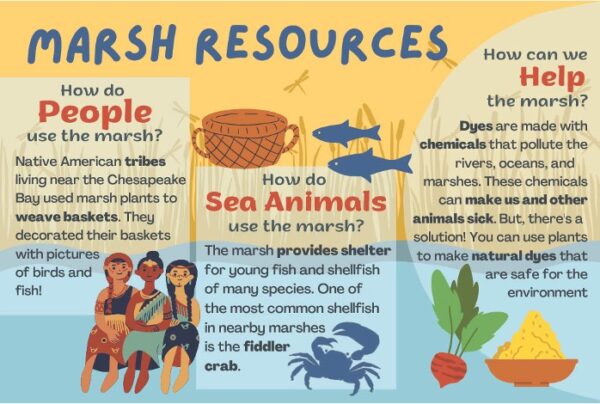
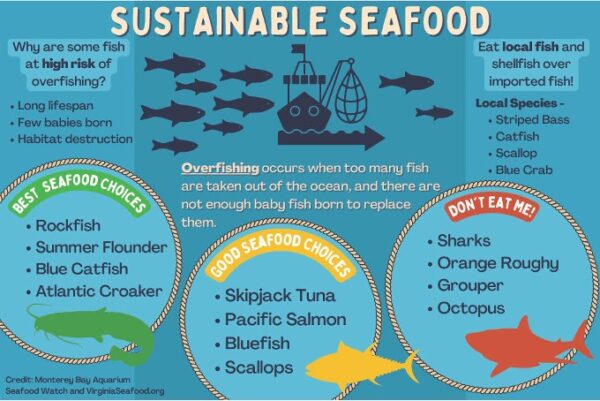
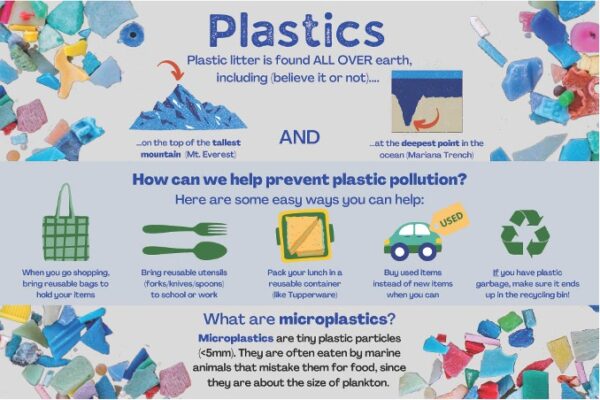
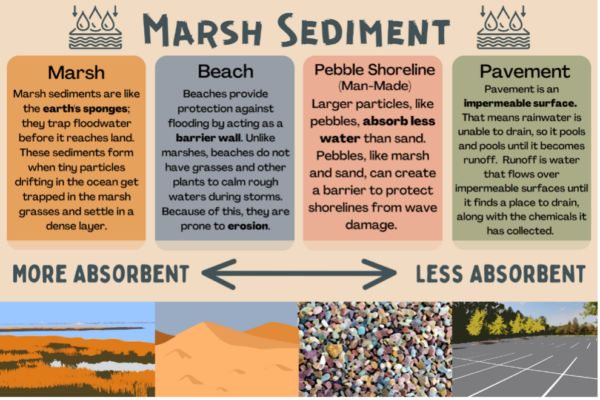
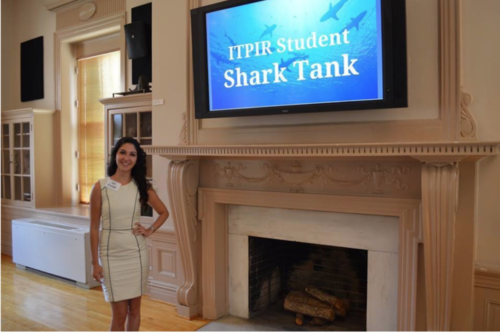
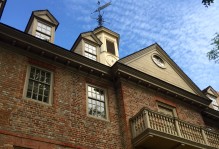
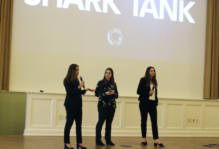
No comments.
Comments are currently closed. Comments are closed on all posts older than one year, and for those in our archive.